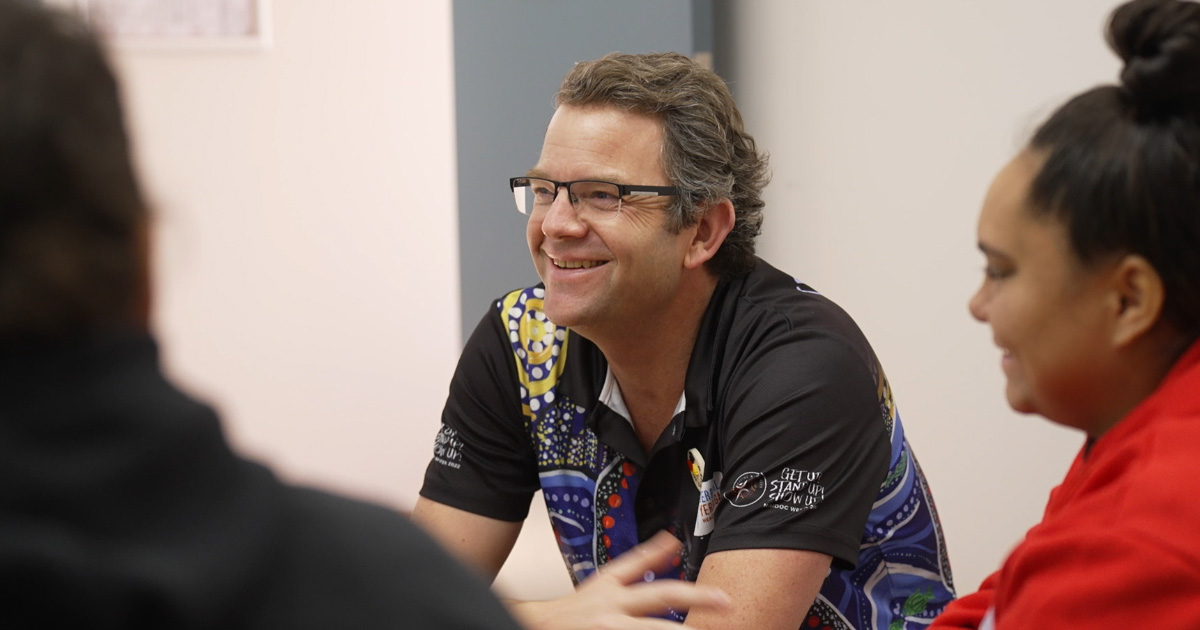Search
Here we recognise donors who have made cumulative gifts of $10,000 and above to contribute to children's health research at The Kids Research Institute Australia.
Mailing list Discover. Prevent. Cure. Discover. Prevent. Cure. Mailing list Be Inspired About The Kids About The Kids Be Inspired Join thousands of

Derbarl Yerrigan Health Service (DYHS) has developed a holistic paediatric service unit anchored in primary health care and underpinned by care coordination provided by an experienced nurse and multi-disciplinary team.
Research
10-Valent pneumococcal non-typeable H. influenzae protein D conjugate vaccine versus 13-valent pneumococcal conjugate vaccine as a booster dose to broaden and strengthen protection from otitis media in Australian Aboriginal children: study protocol18 months of age infants receiving 10-valent pneumococcal Haemophilus influenzae protein D conjugate vaccine will have higher antibody levels
Research
Spotting sporotrichosis skin infection: The first Australian paediatric case seriesThese data highlight the importance of recognising Sporotrichosis in children outside an outbreak setting
Research
Links2HealthierBubs' cohort study: Protocol for a study on the safety, uptake and effectiveness of influenza and pertussis vaccines among pregnant Australian womenMulti-jurisdictional cohort of mother-infant pairs to measure the uptake, safety and effectiveness of antenatal IIV and dTpa vaccines in three Australian jurisdictions
Research
Severity Assessment in CDKL5 Deficiency DisorderA severity assessment was rapidly developed with input from multiple stakeholders. Refinement through ongoing validation is required for future clinical trials.
Research
An urgent need for antimicrobial stewardship in Indigenous rural and remote primary health careWe write this perspective to raise awareness of antimicrobial resistance as an issue in Indigenous primary health care
